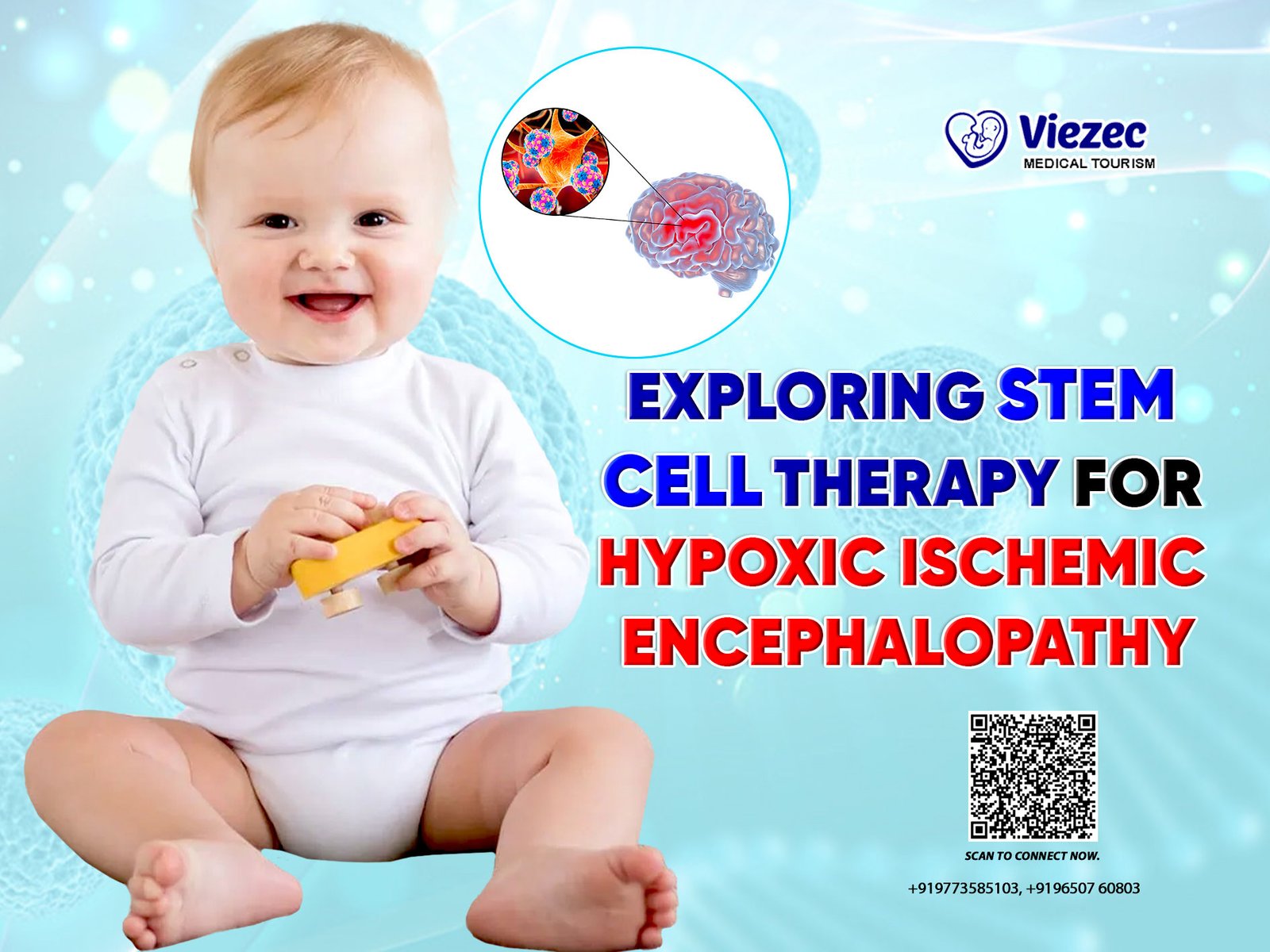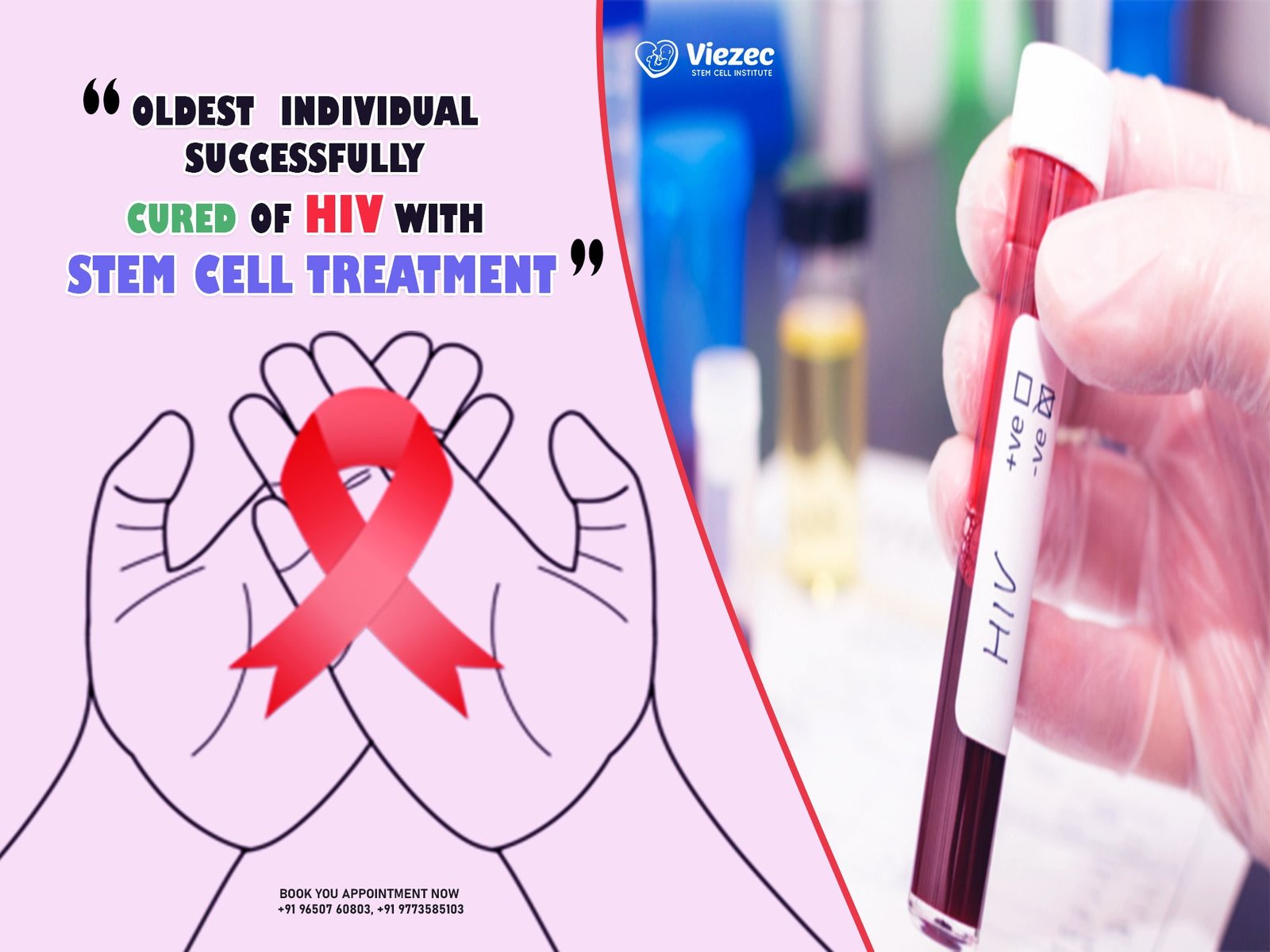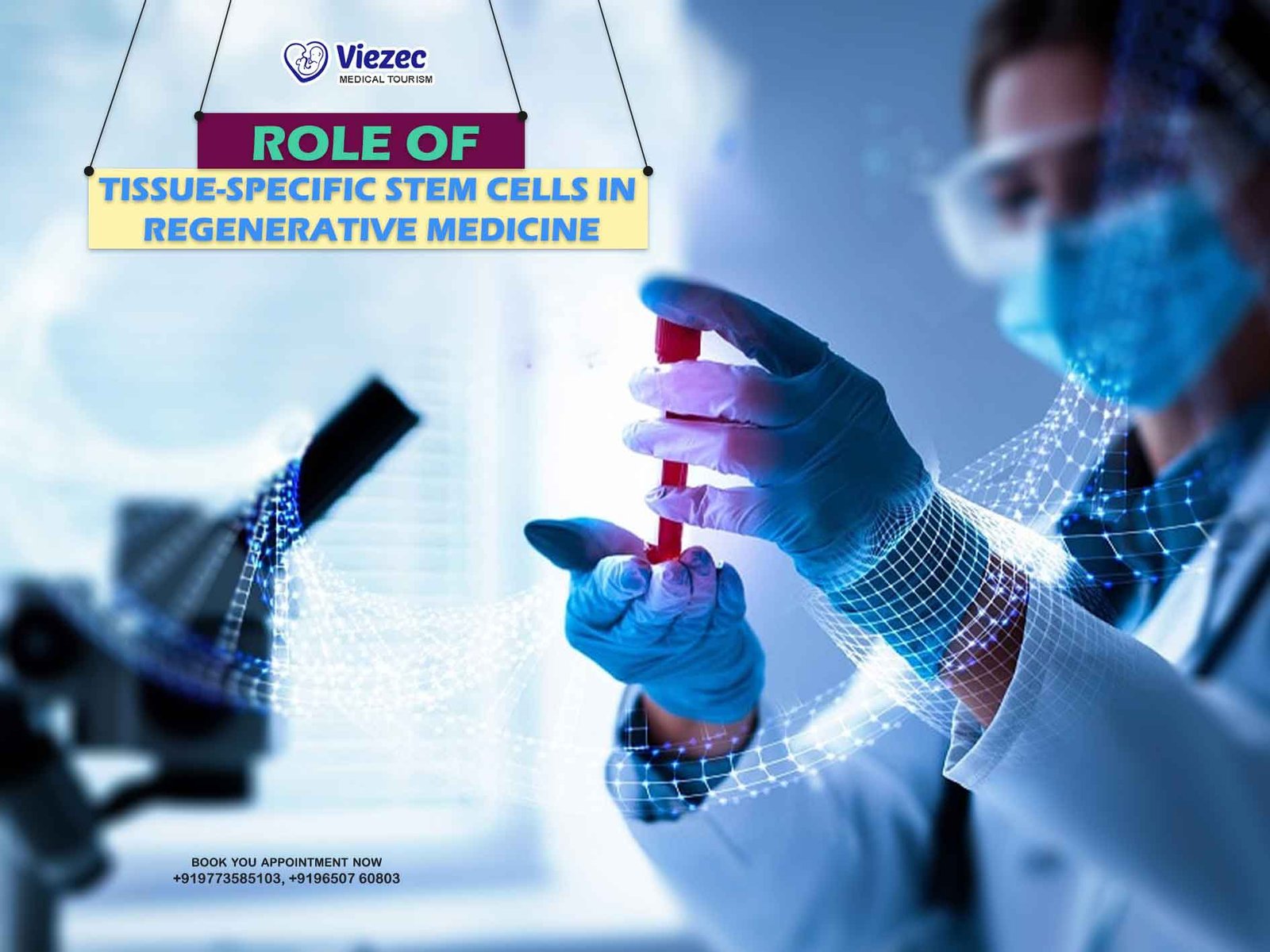Stem cell therapy represents a groundbreaking frontier in modern medicine, promising revolutionary treatments for a wide array of medical conditions. Stem cells, with their unique ability to develop into various cell types, hold immense potential for regenerating damaged tissues and organs within the human body. Stem cell clinics have emerged as hubs for providing these innovative therapies to patients seeking alternatives to conventional treatments. Understanding the intricacies of stem cell therapy and navigating the landscape of stem cell clinics is essential for individuals considering this option for their medical needs.
Understanding Stem Cells
Stem cells are undifferentiated cells capable of transforming into specialized cell types, such as muscle, nerve, or blood cells. They possess the remarkable ability to self-renew and differentiate into diverse cell lineages, making them invaluable in medical research and regenerative medicine. Stem cells can be sourced from various origins, including embryos, adult tissues, and even induced pluripotent stem cells generated from adult cells.
Emergence of Stem Cell Therapy
The field of stem cell therapy has witnessed rapid advancements in recent years, propelled by groundbreaking research and clinical trials. Stem cell-based interventions offer promising prospects for treating a spectrum of diseases and injuries, ranging from neurological disorders to orthopedic conditions and beyond. With ongoing research and development, the therapeutic potential of stem cells continues to expand, opening new avenues for medical innovation and patient care.
Importance of Stem Cell Clinics
Stem cell clinics serve as vital hubs for delivering stem cell therapies to patients in need. These clinics provide a range of services, including patient evaluation, stem cell collection and isolation, therapy administration, and post-treatment care. By offering specialized expertise and cutting-edge treatments, stem cell clinics play a crucial role in advancing the field of regenerative medicine and improving patient outcomes.
Types of Stem Cell Therapies
Stem cell therapy encompasses various approaches and cell types, each with distinct characteristics and applications. Understanding the different types of stem cells is essential for tailoring treatments to individual patients’ needs and medical conditions.
Embryonic Stem Cells (ESC)
Embryonic stem cells are derived from early-stage embryos and possess the potential to differentiate into any cell type in the body. Despite their versatility, the use of embryonic stem cells raises ethical concerns due to the destruction of embryos during their extraction.
Adult Stem Cells (ASC)
Adult stem cells are found in mature tissues throughout the body and play essential roles in tissue maintenance and repair. These cells offer advantages such as accessibility and compatibility with the patient’s own tissues, making them valuable for therapeutic applications.
Induced Pluripotent Stem Cells (iPSC)
Induced pluripotent stem cells are generated by reprogramming adult cells, such as skin cells, into a pluripotent state. iPSCs offer the potential to create patient-specific cell lines for personalized therapies and disease modeling, representing a significant advancement in regenerative medicine.
Mesenchymal Stem Cells (MSC)
Mesenchymal stem cells are multipotent cells found in various tissues, including bone marrow, adipose tissue, and umbilical cord blood. MSCs exhibit immunomodulatory properties and have shown promise in treating inflammatory and autoimmune conditions, as well as promoting tissue regeneration.
Cord Blood Stem Cells
Cord blood stem cells are collected from the umbilical cord and placenta after childbirth. These cells are rich in hematopoietic stem cells and can be used in the treatment of blood disorders, immune deficiencies, and certain genetic conditions. Cord blood banking allows for the preservation of these valuable stem cell resources for future medical use.
Regulation and Ethics
The regulation of stem cell therapy is a complex and evolving landscape, with considerations spanning from safety and efficacy to ethical principles and patient rights. As the field continues to advance, regulatory agencies and professional organizations play critical roles in establishing guidelines and standards for the ethical conduct and responsible oversight of stem cell research and clinical practice.
Regulatory Landscape
Regulatory agencies, such as the Food and Drug Administration (FDA) in the United States, oversee the approval and oversight of stem cell therapies to ensure their safety and efficacy. Clinical trials must adhere to rigorous protocols and regulatory requirements to obtain approval for testing experimental treatments in human subjects. Additionally, regulatory bodies work to enforce compliance with established standards and address any concerns regarding the marketing and promotion of unproven stem cell interventions.
Ethical Considerations in Stem Cell Research
Ethical considerations are paramount in the field of stem cell research and therapy, particularly regarding the use of human embryonic stem cells and the informed consent of research participants. Debates surrounding issues such as embryo destruction, genetic modification, and commercialization underscore the need for thoughtful reflection and ethical guidelines to guide the responsible conduct of stem cell research and clinical practice.
Risks and Safety Concerns
While stem cell therapy holds immense promise, it is not without risks and safety concerns. Potential risks include adverse reactions, infection, tumor formation, and unintended immune responses. It is essential for patients to be fully informed about the potential risks and benefits of stem cell treatments and to undergo thorough medical evaluation and monitoring throughout the treatment process.
Conditions Treatable by Stem Cell Therapy
Stem cell therapy offers hope for patients suffering from a wide range of medical conditions, spanning from degenerative diseases to traumatic injuries. Understanding the therapeutic potential of stem cells in addressing specific health conditions is key to optimizing treatment outcomes and improving patients’ quality of life.
Neurological Disorders
Neurological disorders, such as Parkinson’s disease, Alzheimer’s disease, and spinal cord injury, present significant challenges for conventional treatments. Stem cell therapies hold promise for regenerating damaged neural tissues, restoring neurological function, and potentially reversing the progression of these debilitating conditions.
Orthopedic Conditions
Orthopedic conditions, including osteoarthritis, tendon injuries, and cartilage defects, can cause chronic pain and disability. Stem cell-based approaches, such as mesenchymal stem cell therapy and platelet-rich plasma injections, offer alternatives to traditional treatments by promoting tissue repair and regeneration in musculoskeletal tissues.
Autoimmune Diseases
Autoimmune diseases, such as rheumatoid arthritis, multiple sclerosis, and lupus, result from an abnormal immune response targeting the body’s own tissues. Stem cell therapy aims to modulate immune function and suppress autoimmune reactions, offering potential benefits for managing symptoms and improving patients’ quality of life.
Cardiovascular Disorders
Cardiovascular disorders, including heart failure, myocardial infarction, and peripheral artery disease, pose significant threats to cardiovascular health and mortality. Stem cell-based approaches, such as cardiac stem cell therapy and endothelial progenitor cell transplantation, hold promise for repairing damaged cardiac tissues and restoring cardiac function.
Cosmetic and Anti-Aging Treatments
Cosmetic and anti-aging treatments utilizing stem cell-based approaches have gained popularity in recent years, promising rejuvenation and regeneration of skin and hair tissues. Stem cell-derived growth factors and stem cell-enriched products offer potential benefits for promoting collagen production, reducing wrinkles, and improving skin texture and tone.
Process of Stem Cell Therapy
Patient Evaluation and Selection
Before undergoing stem cell therapy, patients undergo comprehensive evaluations to assess their suitability for the treatment. This evaluation includes medical history review, physical examinations, and diagnostic tests to determine if stem cell therapy is appropriate and safe for the individual.
Collection and Isolation of Stem Cells
Stem cells can be obtained from various sources, including bone marrow, adipose tissue, and umbilical cord blood. Once harvested, the stem cells undergo isolation and purification processes to concentrate them before administration. This step ensures that the stem cells are free from contaminants and ready for therapeutic use.
Administration and Monitoring of Therapy
The delivery method of stem cells depends on the condition being treated and the type of stem cells used. Stem cells may be administered intravenously, directly into the affected tissue, or through other routes. After administration, patients are closely monitored for any adverse reactions or signs of improvement.
Post-Treatment Care and Follow-Up
Following stem cell therapy, patients require ongoing care and monitoring to track their progress and address any potential complications. This may involve regular follow-up appointments, imaging studies, or additional treatments to optimize outcomes and ensure patient safety.
Benefits and Limitations
Stem cell therapy offers a range of potential benefits, but it also comes with its limitations and challenges that must be considered.
Potential Benefits of Stem Cell Therapy
- Regenerative Potential: Stem cells have the ability to regenerate and repair damaged tissues, offering hope for conditions with limited treatment options.
- Reduced Risk of Rejection: Autologous stem cell therapy, which uses the patient’s own cells, carries a lower risk of rejection compared to allogeneic therapies.
- Treatment of Various Conditions: Stem cell therapy shows promise in treating a wide range of conditions, including orthopedic injuries, neurological disorders, and autoimmune diseases.
Limitations and Challenges
- Efficacy Concerns: The efficacy of stem cell therapy varies depending on factors such as the type of cells used, the condition being treated, and individual patient factors.
- Safety Risks: Despite its potential, stem cell therapy poses safety risks, including infection, tumor formation, and immune reactions.
- Regulatory Oversight: The regulation of stem cell clinics is complex and varies by jurisdiction, leading to concerns about the quality and safety of treatments.
Managing Expectations
It’s essential for patients to have realistic expectations about the outcomes of stem cell therapy. While it may offer benefits for some individuals, it is not a panacea, and results can vary from person to person. Open communication with healthcare providers and thorough research can help manage expectations and avoid disappointment.
Choosing a Stem Cell Clinic
Selecting the right stem cell clinic is critical for ensuring the safety and efficacy of treatment. Several factors should be considered when making this decision.
Accreditation and Certification
Look for clinics that are accredited by reputable organizations and adhere to strict standards of quality and safety. Certification from regulatory bodies or professional associations can provide assurance of adherence to best practices.
Expertise and Experience of Clinicians
The qualifications and experience of the clinicians performing stem cell procedures are crucial. Choose clinics with healthcare providers who have specialized training and extensive experience in stem cell therapy.
Transparency in Treatment Protocols
A reputable stem cell clinic should be transparent about its treatment protocols, including the sources of stem cells, methods of administration, and potential risks and benefits. Patients should have access to comprehensive information to make informed decisions about their care.
Patient Reviews and Testimonials
Reading reviews and testimonials from previous patients can provide insights into the clinic’s reputation and the experiences of others who have undergone treatment there. Look for clinics with positive feedback and satisfied patients.
Location and Accessibility
Consider the location and accessibility of the clinic, especially if multiple treatments or follow-up appointments are required. Choose a clinic that is convenient and easily accessible to minimize travel-related stress.
Cost and Insurance Coverage
Stem cell therapy can be expensive, and it’s essential to understand the cost implications and available insurance coverage options.
Cost Factors in Stem Cell Therapy
The cost of stem cell therapy can vary widely depending on factors such as the type of treatment, the number of cells required, and the clinic’s location. Additional expenses may include consultations, diagnostic tests, and post-treatment care.
Insurance Coverage and Reimbursement
While some insurance plans may cover certain aspects of stem cell therapy, coverage policies vary. Patients should consult with their insurance providers to understand what is covered and explore alternative payment options if necessary.
Financing Options and Assistance Programs
Many stem cell clinics offer financing options or assistance programs to help patients manage the cost of treatment. These may include payment plans, loans, or grants for eligible individuals.
Patient Rights and Responsibilities
Patients undergoing stem cell therapy have rights and responsibilities to ensure their safety and well-being throughout the treatment process.
Informed Consent
Patients have the right to fully understand the risks, benefits, and alternatives of stem cell therapy before providing informed consent. Clinics should provide comprehensive information and address any questions or concerns to facilitate informed decision-making.
Advocating for Patient Safety
Patients should advocate for their safety by choosing reputable clinics, asking questions about treatment protocols, and reporting any adverse events or concerns to regulatory authorities.
Seeking Second Opinions
Seeking a second opinion from another healthcare provider can provide additional perspective and help patients make informed decisions about their care. Patients should not hesitate to seek alternative viewpoints if they have doubts or concerns.
Reporting Adverse Events
Patients play a crucial role in monitoring the safety of stem cell therapy by reporting any adverse events or complications they experience. Timely reporting allows regulatory agencies to investigate and take appropriate action to protect patient safety.
FAQs
Are stem cell therapies approved by regulatory agencies?
The approval status of stem cell therapies varies by jurisdiction. While some treatments have received regulatory approval for specific conditions, many are still considered experimental and are offered through clinical trials or under special access programs.
What are the risks associated with stem cell therapy?
Risks of stem cell therapy include infection, rejection, tumor formation, and unintended differentiation into unwanted cell types. Patients should discuss potential risks with their healthcare providers before undergoing treatment.
How can I find reliable information about stem cell clinics?
Research reputable sources such as government agencies, professional organizations, and peer-reviewed journals for information about stem cell therapy and clinics. Additionally, consult with healthcare providers and seek recommendations from trusted sources.









